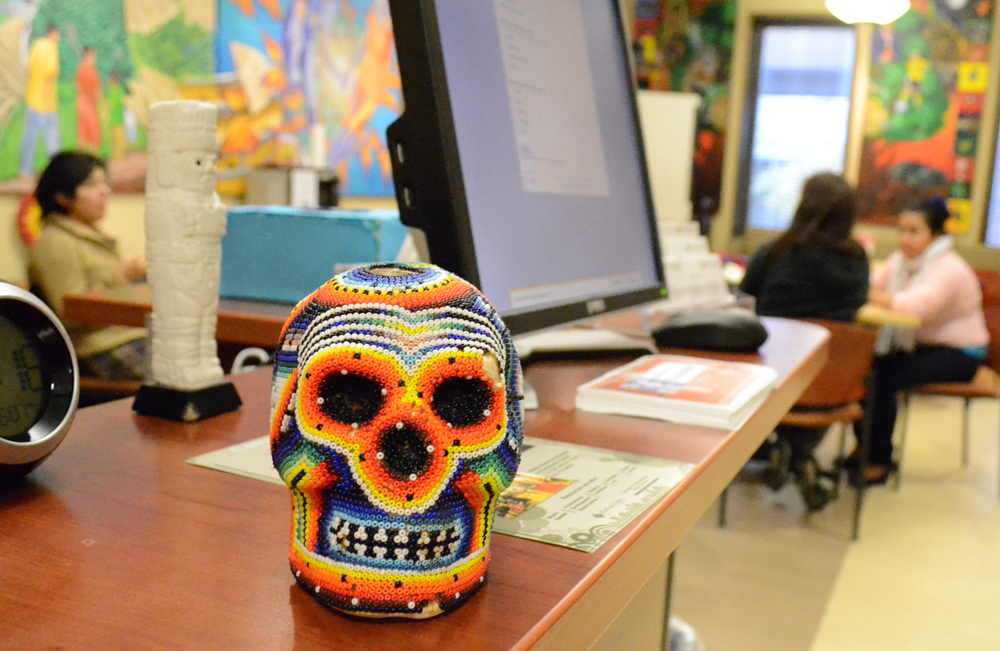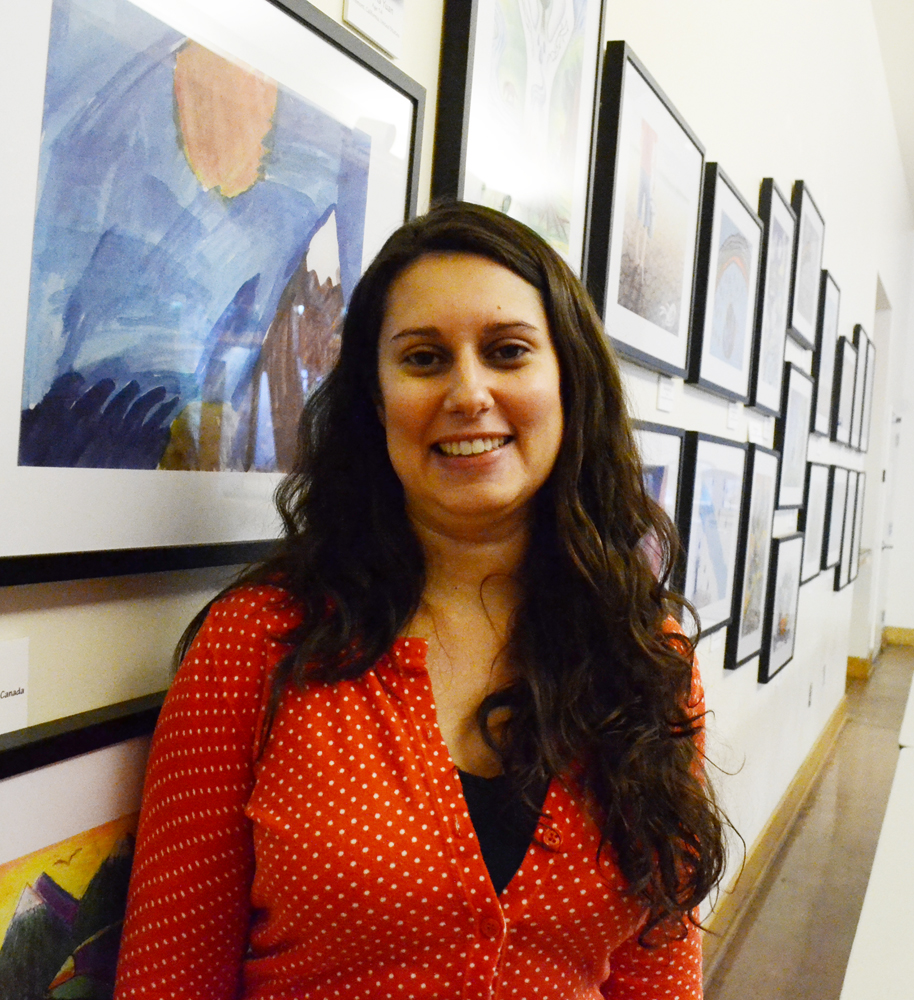Halloween is right around the corner, and so is another holiday that often gets confused with the American celebration of All Hallows’ Eve.
Dia de los Muertos, or Day of the Dead, is a holiday that originated in Mexico but is now celebrated throughout Latin America on Nov. 1-2. Portland State’s La Casa Latina invites students to come celebrate and learn about Dia de los Muertos with them.
La Casa Latina is hosting the event in collaboration with two student groups, Las Mujeres and Mecha, on Wednesday, Oct. 30 from 4–6 p.m. in Smith Memorial Student Union room 229.
They will be serving hot chocolate and Mexican bread—which is sweet and delicious—and will feature traditional crafts associated with Dia de los Muertos, such as painting skulls made of sugar and making tissue paper roses.
They will also have a remembrance altar up throughout the week leading to the celebration, and students are invited to stop by and add to it.
While some of the trappings of the two disparate holidays seem similar—images of skeletons and skulls feature prominently in the Latin American celebration—they are actually quite different.
The American version of Halloween is derived from the Celtic festival Samhain that takes place at the end of harvest season. It is the time on the pagan calendar for celebrants to take stock of the year’s harvest and prepare for winter.
The ancient Celts and Gaels believed that the boundary between the worlds of the living and the dead was at its thinnest on All Hallows’ Eve, and that the dead were able to rise and walk again on that night, causing all manner of trouble. Out of that tradition grew our very American idea of dressing up as various characters to terrify our neighbors into giving us candy.
Dia de los Muertos is not nearly as macabre of a holiday. It is instead a celebration of one’s ancestors. It is a chance for a family to come together and honor those who have died, acknowledging the circle of life and the continuing relationship that exists even after loved ones have passed on.
Dia de los Muertos is celebrated on Nov. 1-2 to coincide with the Catholic holidays of All Saints’ Day and All Souls’ Day. These holidays, much like Dia de los Muertos, are a chance for members of the Catholic Church to celebrate their brethren that have departed. Along with Halloween, they used to constitute a three-day celebration of the dead called Hallowmas.
Dia de los Muertos is an extension of that tradition which has come to focus more on celebrating the ancestors of each family, rather than Catholic saints, unshriven souls or bite-size candy bars.
According to Emanuel Magana, program coordinator of La Casa Latina, “It’s both a Catholic and an indigenous holiday, with elaborate altars with offerings and pictures of people who have passed, remembering them and the things they have done.”





